Montessori Reflections
Just as I believe you cannot and should not be trying to duplicate the school environment in the home, you cannot duplicate a true Montessori environment in the home. There will be differences.
A Montessori classroom is thoughtfully put together by a trained teacher who has a teacher helper and has an hour each day to set up her classroom to meet the needs of her students. She does not have to do laundry in the middle of lessons. She does not have to prepare dinner, change dirty diapers, teach other age groups, or remove the 2 year old from the dryer when he climbs in. She isn’t nursing in the middle of a presentation. In short, the Montessori teacher has the luxury of focusing on her students and the management of the many materials. She has the resource of other trained teachers to offer peer support. She certainly has the upper hand when it comes to providing quiet, focused time in which the students can do their work. There are many who would argue that Montessori’s philosophy should be left to a trained teacher. A trained teacher has spent a great deal of time learning and applying techniques that will benefit her students. I have come to greatly admire and respect the level of work, commitment and education a Montessori teacher brings to the classroom.
So…how do I as a homeschooler bring this beautiful philosophy into the home while still keeping up with the laundry and the toddlers that climb into the dryers after it? And…is it even possible? Can I do it justice? This was the biggest question I had when I began the year. I was motivated to find out because I had a child who thirsted for this type of approach. Particularly helpful to me in fleshing out my plans were the series of Montessori Basics posts by Lori at Montessori For Everyone.
I did find a few key differences in implementing the philosophy in the home setting as opposed to a school, as well as some limitations.
My advice would be to start slowly as you build your cache of materials. Consider that many materials can be made at home for a fraction of the cost. Of course, this isn’t true Montessori, but budgets require creative solutions at times. Keep in mind that the key to the success of Montessori’s materials is that they are so very attractive to a child. Montessori didn’t just choose to paint the Pink Tower *pink* because she was out of blue, and pink was all that was left on the craft shelf. Every aspect and detail of a material was thoughtfully chosen after observing her children working with those materials. Tweaking or interpreting the design of a material may leave you with something that resembles the original, but doesn’t attract the child in the same way as the original.
If you are thinking of investing, consider how many children you have that will benefit from a material. Are there ways to extend its life and usefulness? If it doesn’t see use, would it at least have a home in the box of toy blocks?
These are my children’s (and my) top picks for the past year. I link to favorite suppliers, but there are other supplier options out there – and sometimes just ordering a free catalog from a vendor supplies me with the idea for making my own material:
Math
- All of the bead material! Particularly useful were the:
Language
Geography
Science
We studied Botany last year and loved every minute of it. I used a lot of these cards from Montessori For Everyone in many subjects – they are beautiful!!
Practical Life
- Every sort and scoop activity I put out
- Arranging flowers
- Tweezer, tong, chopstick pick-up activity
- Little spring loaded scissors from Michael Olaf
These are just our favorites. Other activities were great, but I picked the materials that we found in our home to be well worth the investment.
Our home is certainly permeated with Charlotte Mason’s philosophies. We learn through beautiful literature as much as we can. I found it very easy to mesh Charlotte Mason and Maria Montessori in our home. Accompanying a study and read of Christopher Columbus’ log of his journeys would be the Montessori Geography maps. Countries and islands are traced along with Columbus’ route on a child’s own map. Oceans are labeled. Another example might be the use of the moveable alphabet to build words just read from a lovely “living” picture book. Tomie de Paola’s books are favorites around here and come to mind almost immediately. They offer a study in culture, religion, art, tradition as well as many other subjects. Anyway, these are just a couple of ways I have used the two philosophies to complement each other in my home.
I’m not limited by Charlotte Mason or Maria Montessori in my home. There are other philosophies at work here. I seek to incorporate “whatever is true, whatever is honorable, whatever is just, whatever is lovely, whatever is gracious…” All beauty and truth originate in God the Creator. Anything that measures up to St. Paul’s guideline is harmonious and works together because beauty and truth complement each other no matter how they are expressed – “…test everything; hold fast that which is good.” I Thessalonians 5:21
At the beginning of our year the shelves are bare in our learning room. As I slowly present work, materials come out of the closet tidily arranged on a tray or in a basket and live on the shelves in the learning room. As long as I have presented the correct way to work with a material the children may remove it from the shelf at any time. If it is mis-used (a good effort put forth, but incorrect use of the material) I make note, and re-present the correct way to use the material as soon as possible. If it is continually mis-used, I pull the material off the shelf and it goes back into the closet. If a material is abused – if a red rod suddenly becomes a jousting sword, or the blue ovoid from the geometry solids becomes an egg for the 3 year old to hatch – I pull the material immediately (out of the nest and under mother hen’s protests) and put it back into the rotation closet to come out another day. The Montessori materials are the children’s work. They are not toys, and I never refer to them as such.
~~~~~~~~~~~~~~~~~~~~~~~~~~~~~~~~~~~~~~~~~~~~~~~~~~~~~
I began my rotation closet in a coat closet we had under our stairs. I emptied it and added shelves. Here it is all cleaned out. The shelves were robbed 😉 from the closet to be used in the learning room shortly after this picture was taken, but I added other shelves to the closet.
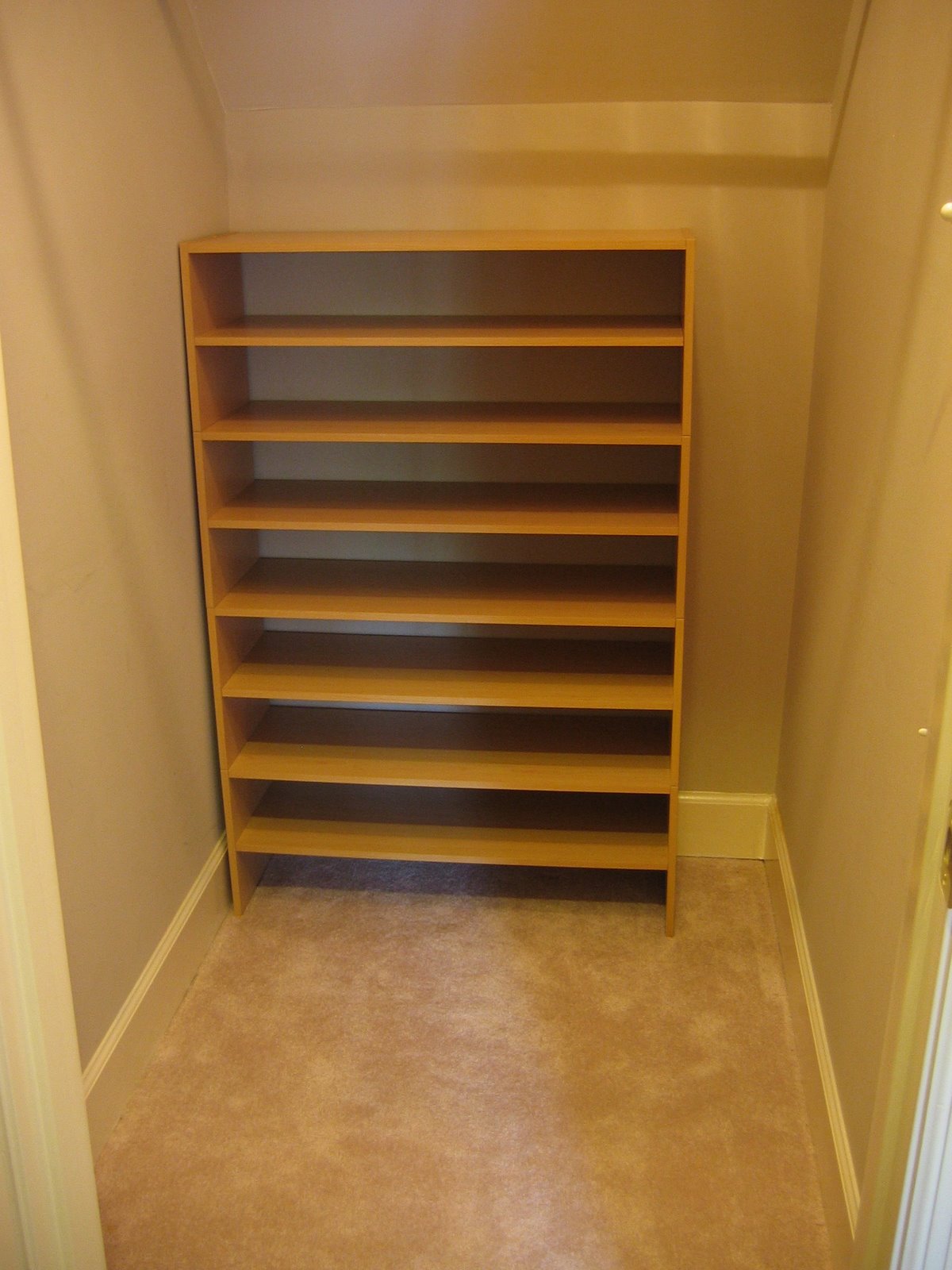
~~~~~~~~~~~~~~~~~~~~~~~~~~~~~~~~~~~~~~~~~~~~~~~~~~~~
Perhaps the most important aspect of the closet is the lock! Simple, but oh so necessary!
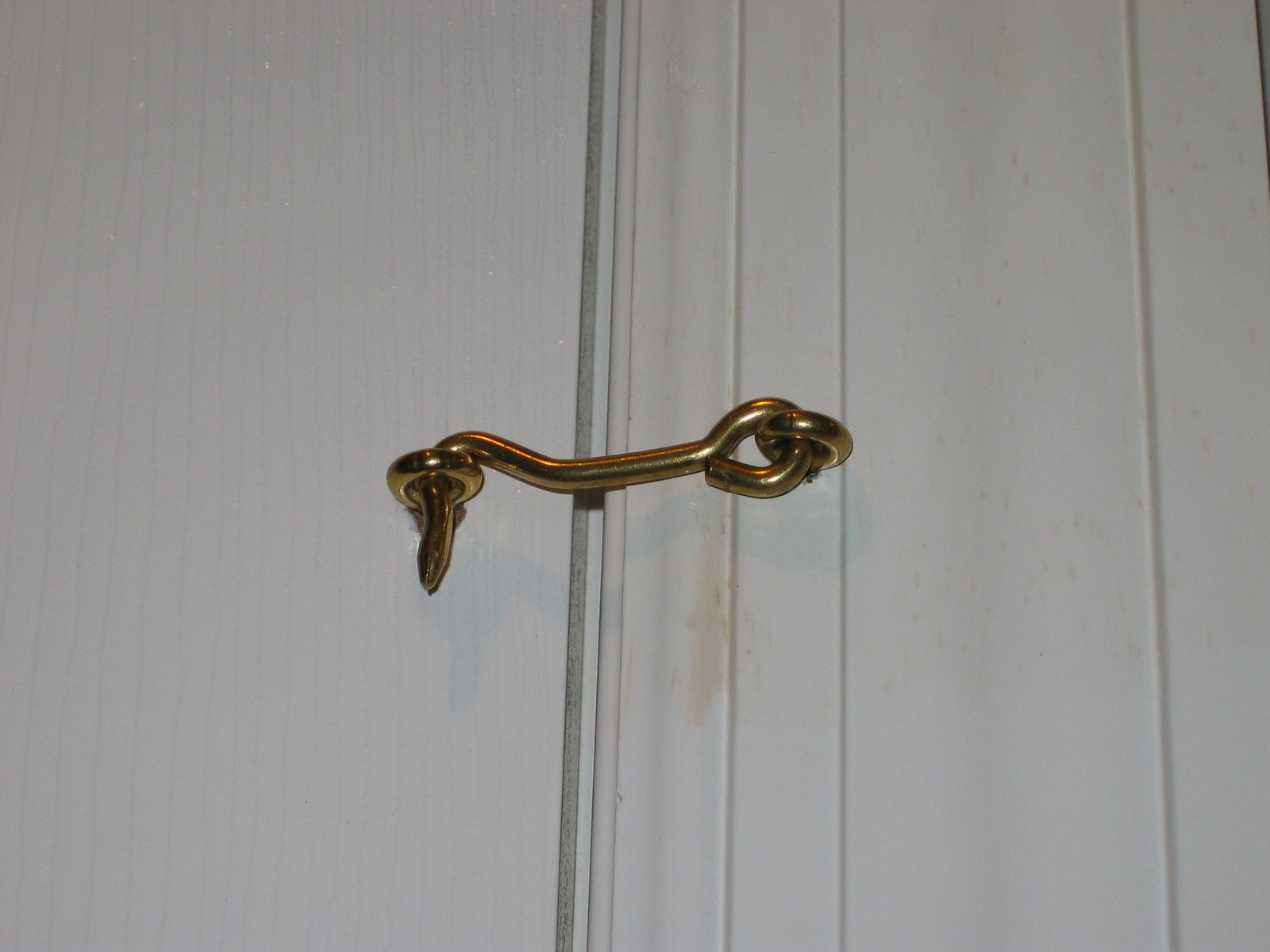
~~~~~~~~~~~~~~~~~~~~~~~~~~~~~~~~~~~~~~~~~~~~~~~~~~~~
This is a recent picture I took of my closet. It is stuffed because I just removed everything from my learning room shelves for the year and it’s all back in here for the summer. I try to group subject area items, but it doesn’t always work that way – oh, for a bigger closet. I also keep special toys in here – marbles, a beautiful set of dominoes we have, Magna-Tiles. The children treat the closet a little like a library. They request certain, special toys and are allowed to check them out and play with them.
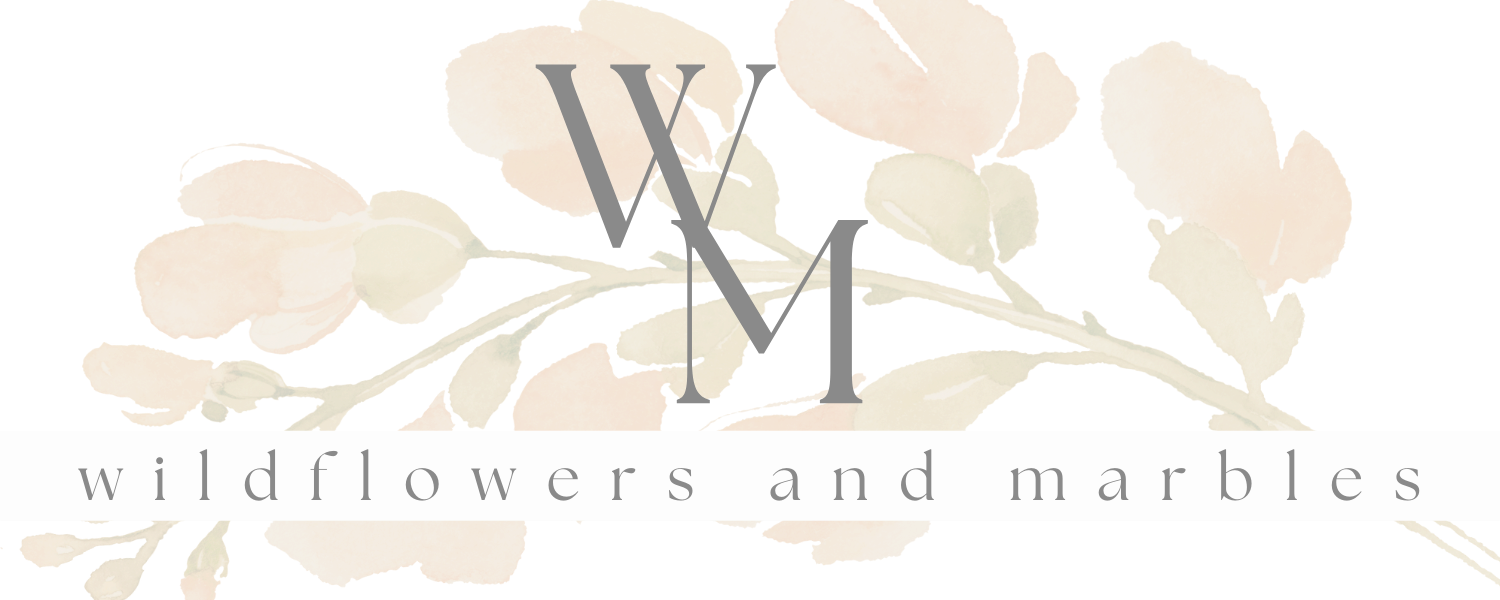
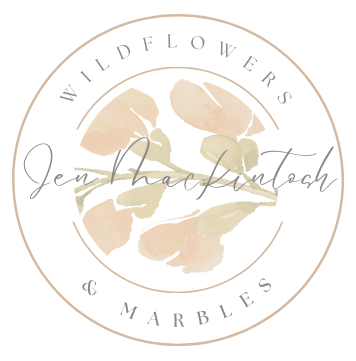
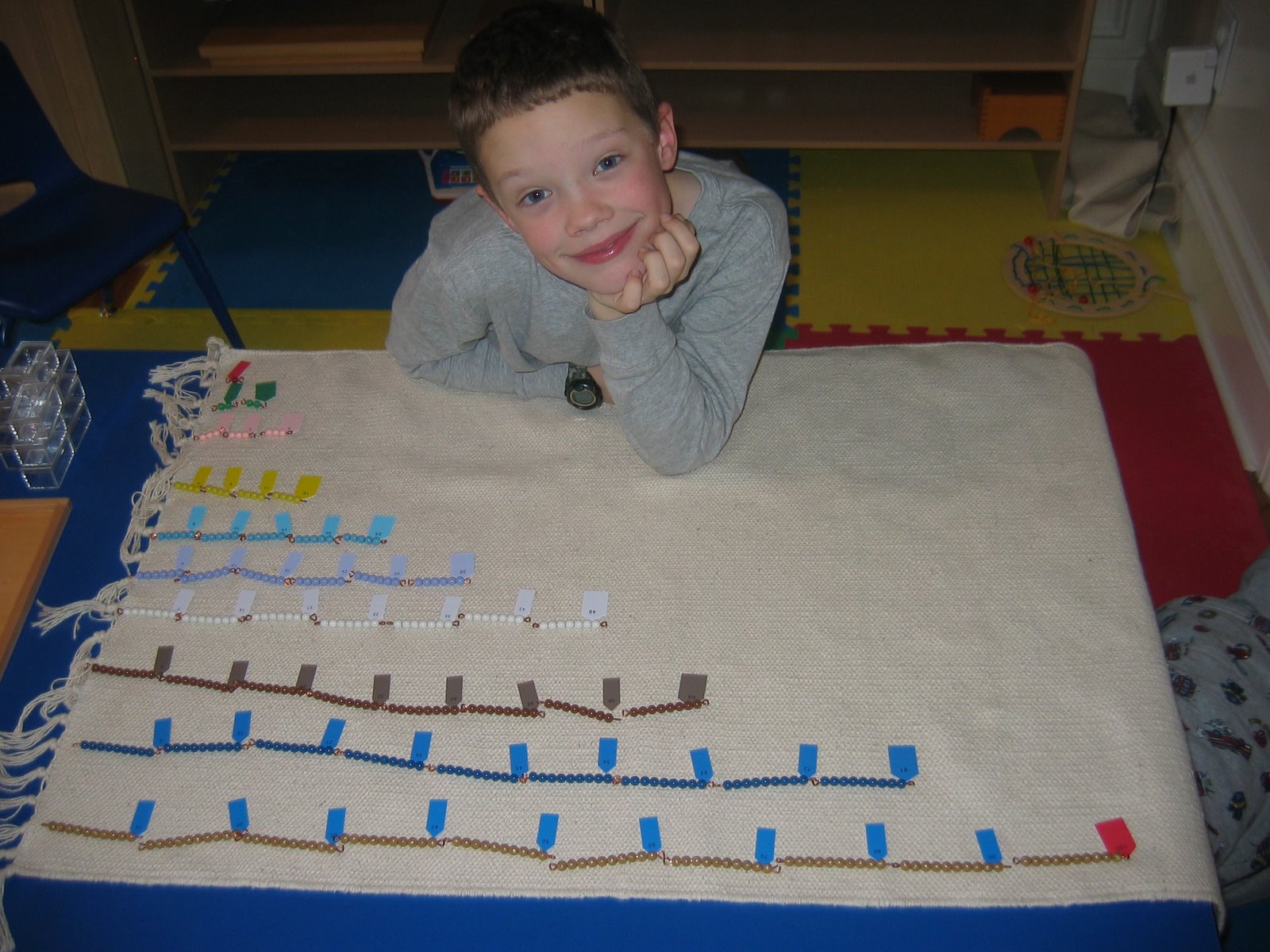
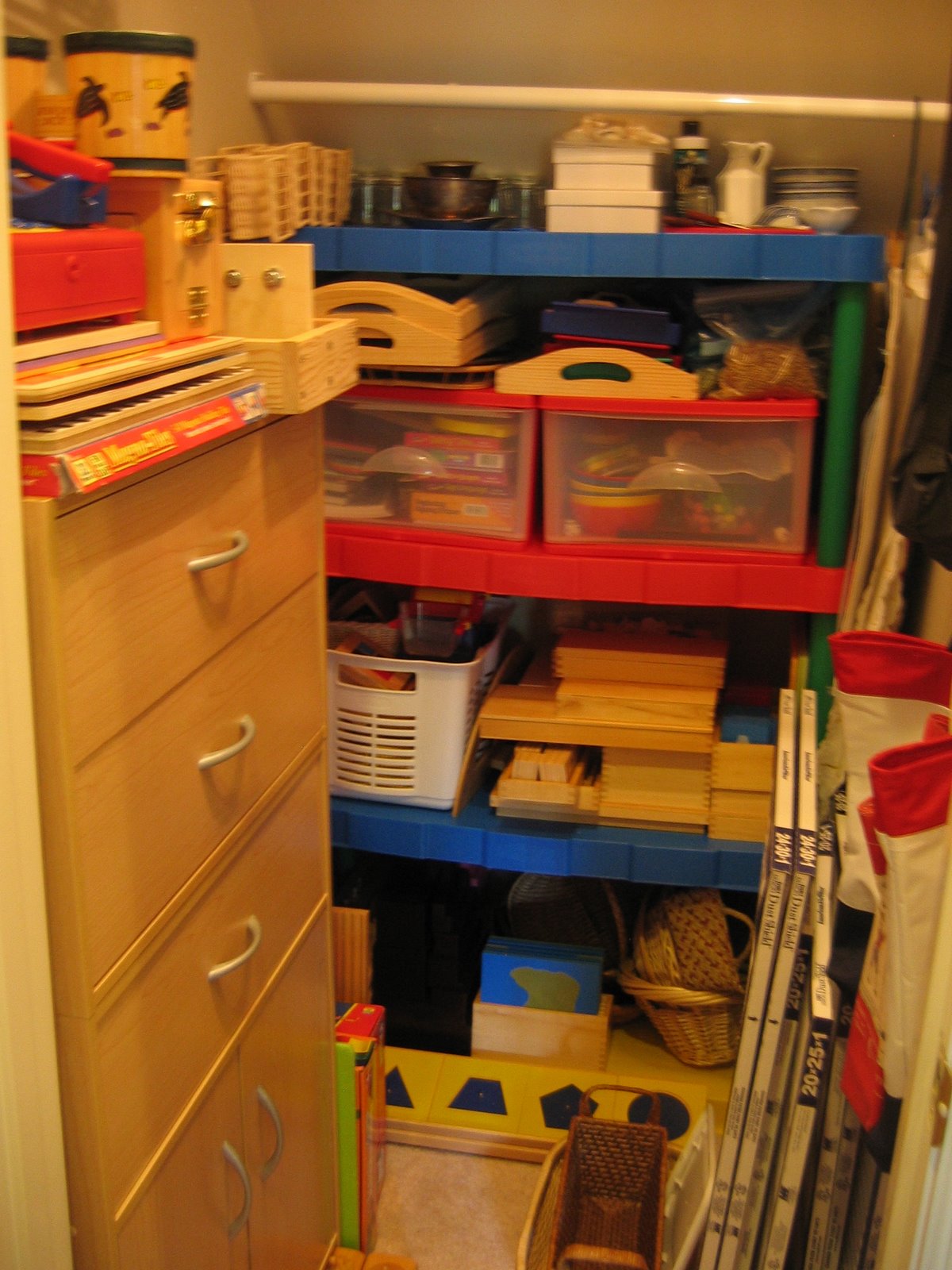


JennThank you for your post. I always love when you write about Montessori, I learn so much. Now you’ve re-enthused me I have much to go away and ponder.
great post! I’m sure we’ll be referring to it A LOT on the forum. I especially love the lock. 🙂 VERY important!
Tremendous, Jennifer, thank you! Printing it out now to go mull it over.
Awesome Jennifer!!
Fantastic post, Jen! Wow, you covered so many areas. I think this will be of great help to many homeschoolers looking to bring Montessori into their homes.
I enjoyed reading through your posts. I have am still trying to set up our Montessor-inspired “classroom” and I love to read and see how other homeschoolers set up theirs.
Thanks for your post….I like your phillosophy of basicly just doing what works for your family. Sometimes I allow myself to believe I NEED a curriculum. But recently I am realizing that learning is such a natural process that should not be messed with or forced. I too see the harmony between Montessori and Charolotte Mason. I am inspired.I know this post is a few months old, but I just had to coment.
Hi Jennifer 🙂Thanks for this post. I know you wrote it last year but it's so relevant for me right now as I decide whether to take on the task of homeschooling my children (with Montessori) full-time. There is such wisdom & measured thought. It's much appreciated & I to might print it out for future reading 🙂
I read a bit and can't wait to read more. I was just thinking an hour ago that I can't call our home/school/style, etc. Montessori anymore than the yoga/pilates class I just tried should call itself yoga. I am a yoga purist at heart and would love to do more of that. I would also love to have a pure Montessori home, but that is a laughable task in my case. I hope to find the time to read more of your thoughts soon 🙂
thank you for your detailed description of how Montessori works in a home environment! Blessings to you for the coming school year!